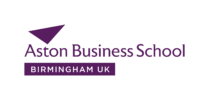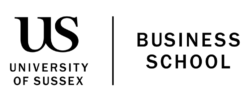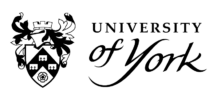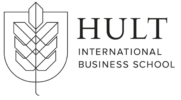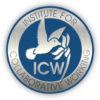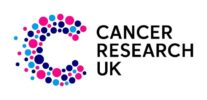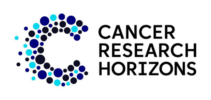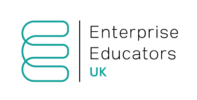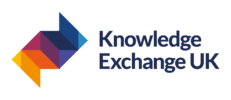Dr Fay Manning: Improving bone health with research collaborations beyond academia
Dr Fay Manning shares her insights on turning cutting-edge medical research into impactful clinical innovation.
Our case study series features inspiring researchers discussing their careers and sharing tips on how they engage beyond academia. If you would like to be featured, send us an email at DBAA@exeter.ac.uk!
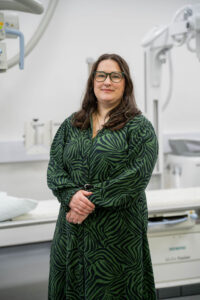
Dr Fay Manning, lecturer in Medical Imaging
In our latest case study conversation, we spoke with Dr Fay Manning, lecturer in the Medical Imaging department at the University of Exeter, about her collaborations with industry and the NHS, and what it takes to turn innovative research into meaningful change.
Fay is a lecturer in the Medical Imaging department at the University of Exeter, working on applied health research in fractures, falls and frailty. Fay has an interdisciplinary background – with degrees in Sports and Exercise Science (BSc), Sports and Exercise Science Physiology (MSc) and Biomedical Physics (PhD) – and has previously worked in diverse research roles in the NHS. As well as teaching, she is collaborating with industry on several research projects, to develop and implement life changing interventions for people living with musculoskeletal conditions.
I have always been interested in the human body. I was a gymnast as a child and love dance and anything to do with the body. I remember being given a book token when I was about fourteen and deciding to buy an encyclopaedia of the human body. My interests were never particularly academic as a child and I decided that I wanted to become a physiotherapist. It seemed like a dream job: working with the body, being involved with sport, and spending time with people.
My plan was to study sports science at university then move into physiotherapy through a master’s programme. During my second year at university studying sports science, I started helping a PhD student with his research. His research involved people having blood and an ultrasound taken after doing different exercises. The whole process seemed really interesting and I started to think about pursuing research further.
Completing my undergraduate dissertation helped to solidify this interest. My project – it might sound strange – was looking at whether putting bones in mayonnaise changes how easily they break. Mayonnaise contains a chemical which binds to calcium: when I put cow bones in jars of mayonnaise, I found that they did decalcify and break more easily. It was really fascinating. ‘Sorted,’ I thought, ‘I’m doing research!’ I did my master’s degree with the same supervisor, breaking bones in different ways and looking at stress and impact fractures. Again, I loved the scientific research process and decided to pursue it further.
I started a PhD researching spine and backpain. I examined slices of cartilage under microscopes to figure out the micro mechanics. It was very experimental, and I enjoyed parts of it but I gradually realised that, rather than solving back pain, I was very far away from making an impact with the work. I was playing with cow’s tails rather than considering the person and what they were going through.
My next job was a research assistant role with the NHS at a Community Hospital linked with Keele University. I worked with patients, which I enjoyed, and I developed my interest in bone, working with people who had osteoporosis and considering the impact of falls on their fracture risk.
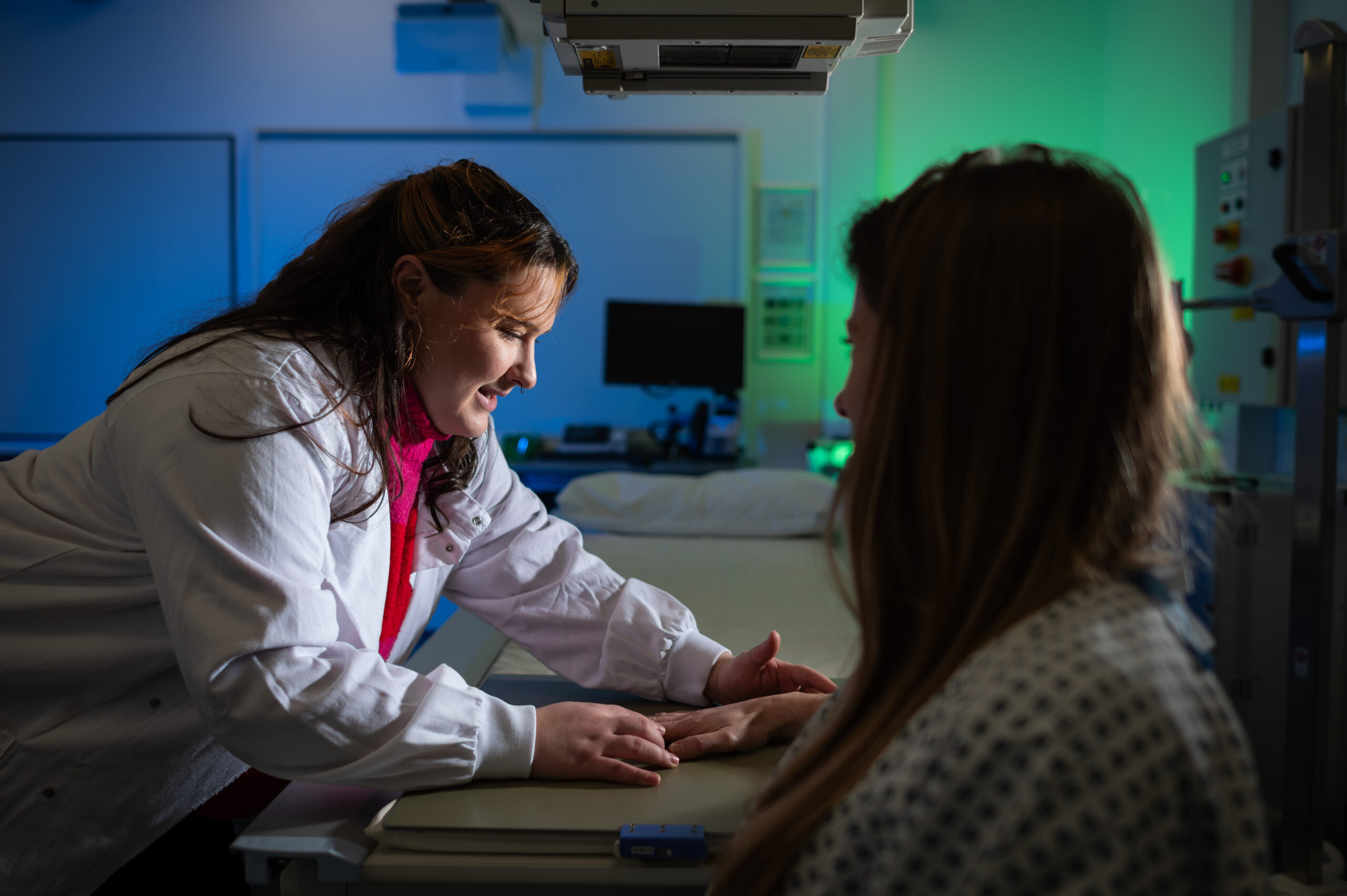
“Working with NHS commissioners really helped me understand decision making in healthcare. Great ideas will only reach the patient if they are commissioned by healthcare systems.”
Working with industry and patients to spot bone fracture risk early
My current position in medical imaging involves both teaching and research, and has given me time to develop other patient-centred osteoporosis projects. I am working with a company called IBEX to implement software to measure bone density and fracture risk using X-ray systems. The software could identify osteoporosis early, allowing interventions that slow down progression, strengthen bone and reduce the risk of fractures. At the moment, measuring bone density requires a separate scan, and therefore another set of appointments, waiting lists and delays before potentially getting any kind of treatment. This new software, if integrated into standard x-ray procedures, could spot osteoporosis during an x-ray for something unrelated – like an X-ray checking for arthritis. Early interventions might involve medication, lifestyle changes, resistance training, or even simple things like extra calcium and vitamin D to help prevent fractures in the future.
Tailored exercise to boost bone health
I’m also working with a group of researchers to develop a product to help people with osteoporosis find exercises that are optimised for their bone needs. People with osteoporosis are encouraged to exercise but too much can be risky, and too little may have no effect. Current health monitoring apps are not able to track the forces going through the body during exercise. We are planning another industry collaboration to develop a platform that uses our research insights to offer bone-specific activities so that people with osteoporosis can exercise safely, gradually build up their resistance to exercise and minimise their fracture risk. The technology has so much potential, I think it could be life changing for lots of people. There’s a real gap in the healthcare market, and we’re designing something to fill it.
Optimising patient comfort – advanced ultrasound probe
Another project I’m working on with colleagues in medical imagining is to design a new ultrasound probe. Through our research, we heard of people having bad experiences in ultrasound appointments – one technician pressed so hard on a patient’s stomach that it made the skin split and bleed. We decided to use this poor experience as a catalyst for innovation. We’ve been speaking with a team at the university which supports impact and development to take this forward. There is support within universities to develop projects like this, but making these work alongside other research, teaching and development commitments can be challenging.
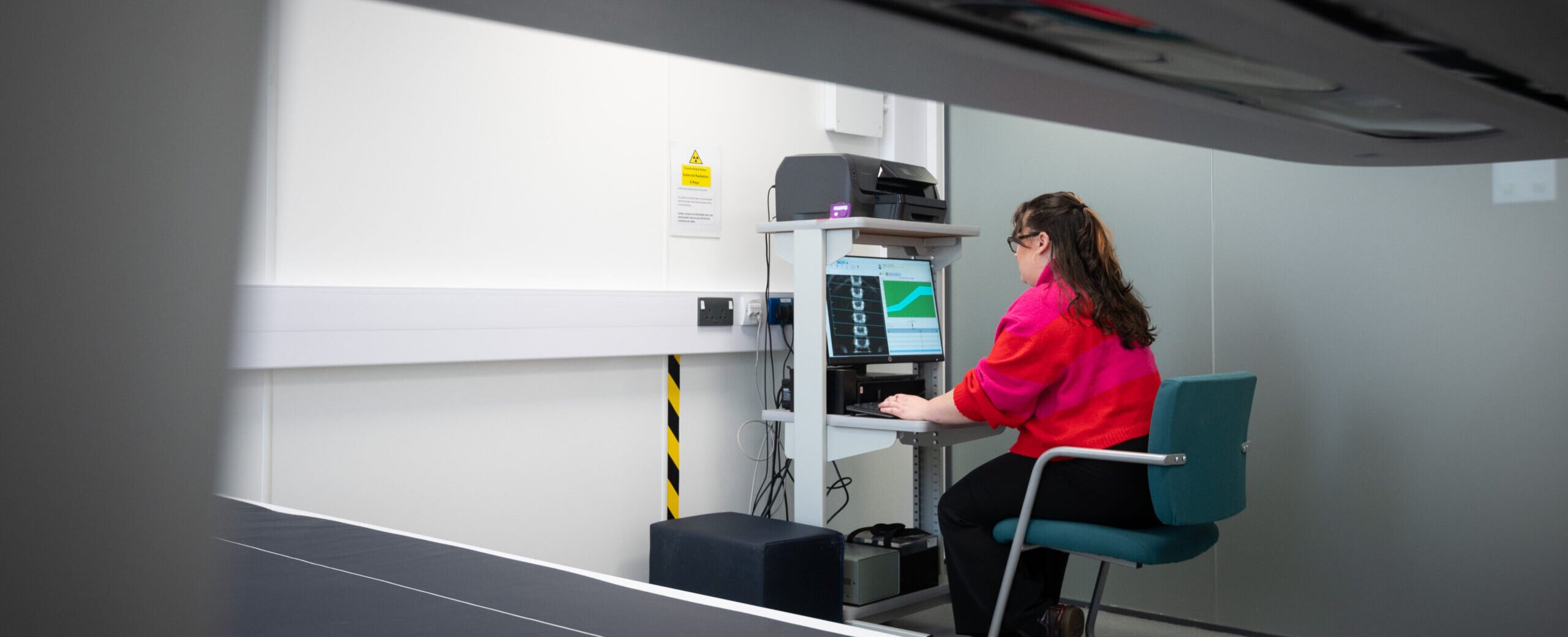
What I have learnt about transforming my research into action
The intersection between my research career and the world beyond academia is a really exciting area. The entrepreneurial approach is different from my other work in lots of ways, we are applying for industry funding schemes and using language that presents our research as a viable investment.
Working on a National Institute for Health and Care Research (NIHR) implementation project during my postdoc deepened my understanding of how to maximise the impact of clinical innovations. We were focused on implementing an exercise program to prevent falls, which involved engaging with diverse patient groups and stakeholders, networking, and putting on events. We spoke to the potential users, assessed the complexity of implementation and considered the costs. It was a fantastic experience in understanding what it takes to translate innovative research into clinical practice, as well as the competing interests that NHS commissioners are balancing.
This understanding has impacted my work with IBEX. I can see the importance of engaging with different stakeholders throughout the process. For a new medical technology to succeed, clinicians need to believe in it, and patients need to trust the results. New technologies need to be integrated into existing clinical workflows, with considerations around cost, training and resourcing. By appreciating and working with the complexity of implementation, researchers can ensure their projects have the maximum impact.
I have also benefited from coaching through my university’s Impact Partnership Development service in how to communicate effectively with industry. For example, the use of more promotional language – confidently advocating for your skills and research – is more common in business. Being able to communicate in different ways with different audiences is really important. My diverse academic background – starting in sports science, completing a PhD in physics, working with patients – has been really helpful in supporting me to say the same thing in different ways to different audiences, rather than just sticking with my academic aims and style. Academia has very established hierarchies and success metrics, like journal publications and professorships, which are not necessarily recognised beyond academia, and it can be helpful to clearly explain who you are and what you do.
Collaborating with industry can open up new funding opportunities, so taking these steps to communicate effectively is really worth doing. There are industry-focused grants, contract research options, funded studentships, and many more ways to fund research with industry.
There are also tensions which emerge from working beyond academia. Working with industry presents opportunities to change people’s lives – to develop innovative interventions that would otherwise struggle to find funding – but companies ultimately have to make money and make decisions in accordance with these interests.
Having an impact on people is a massive driver for my work. Patients are always the reason I’ve wanted to be involved in healthcare.
“I get a huge boost when people say things like ‘‘I’m so happy you’re doing this research, it shows that somebody cares”. It gives me goosebumps.”
I also love new things: being inquisitive is exciting, and that drives my research, and has been a motivator for working with industry.
Fay’s top tips for researchers interested in engaging beyond academia
- Engage with your university’s impact and innovation teams. They can help connect you with relevant organisations who are interested in collaborating.
- Sign up to newsletters. As well as updates on policy, there are often opportunities to speak or network to raise your profile.
- Go and speak to sponsors at conferences. Visit the exhibition, not just the talks and posters. They are people who are interested in, and may want to invest in, research. That’s why they’re there.




